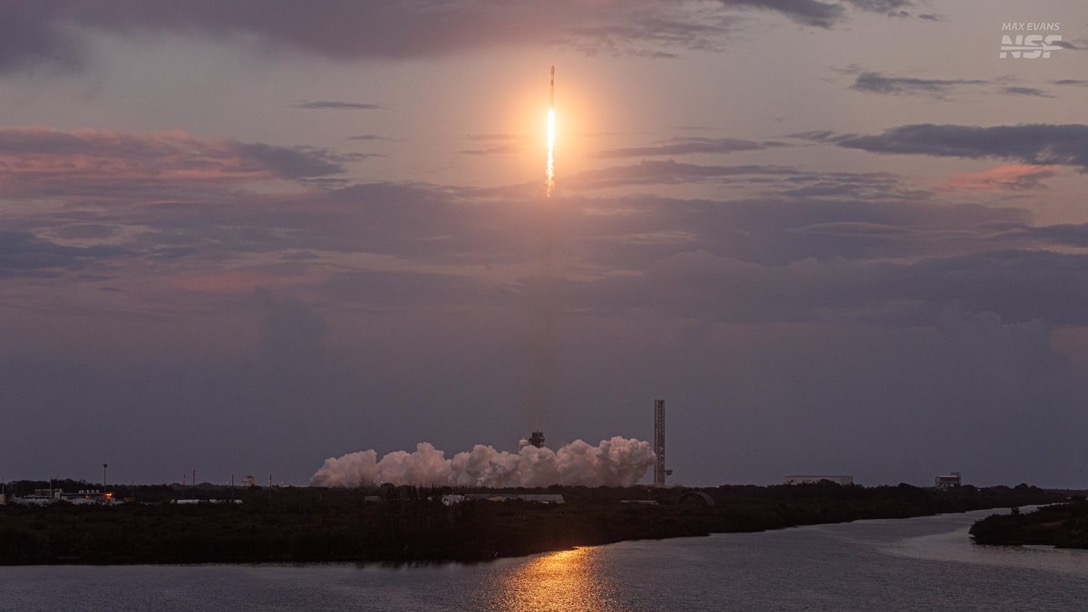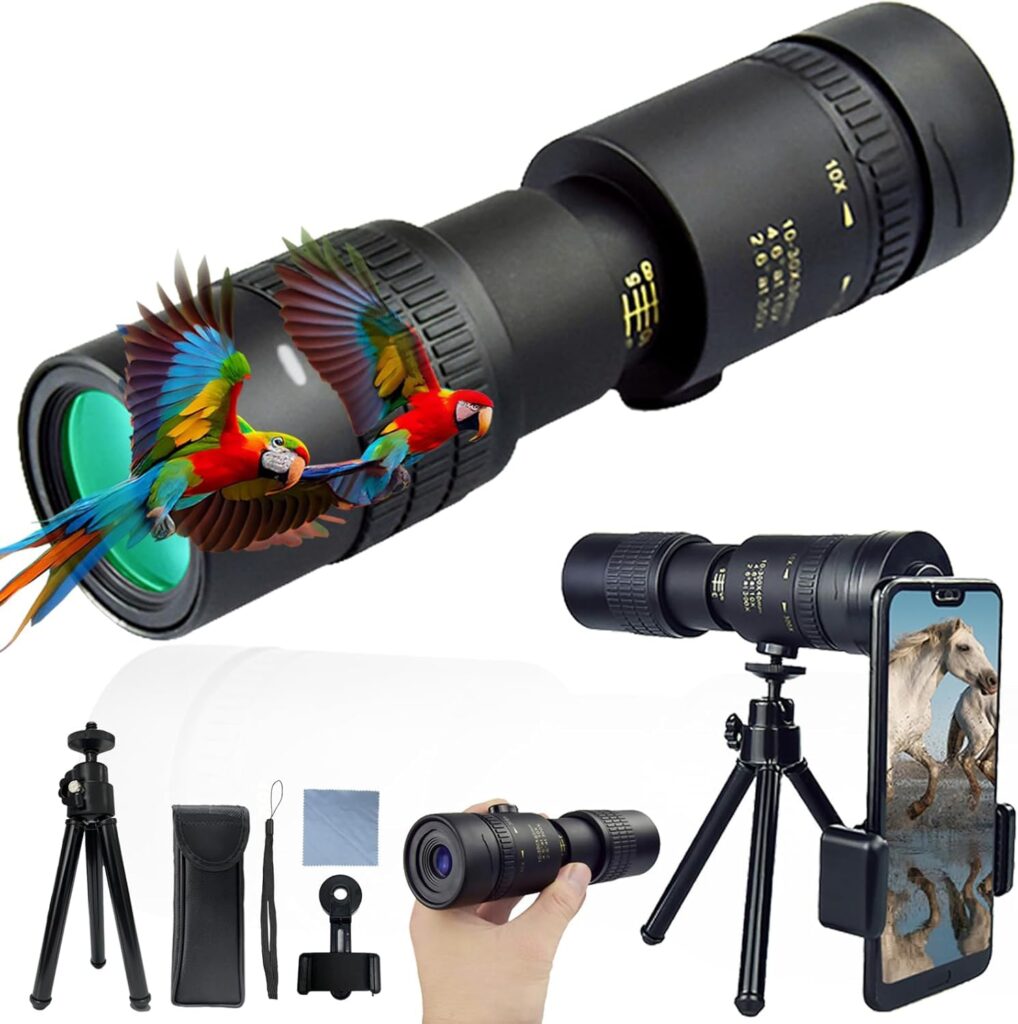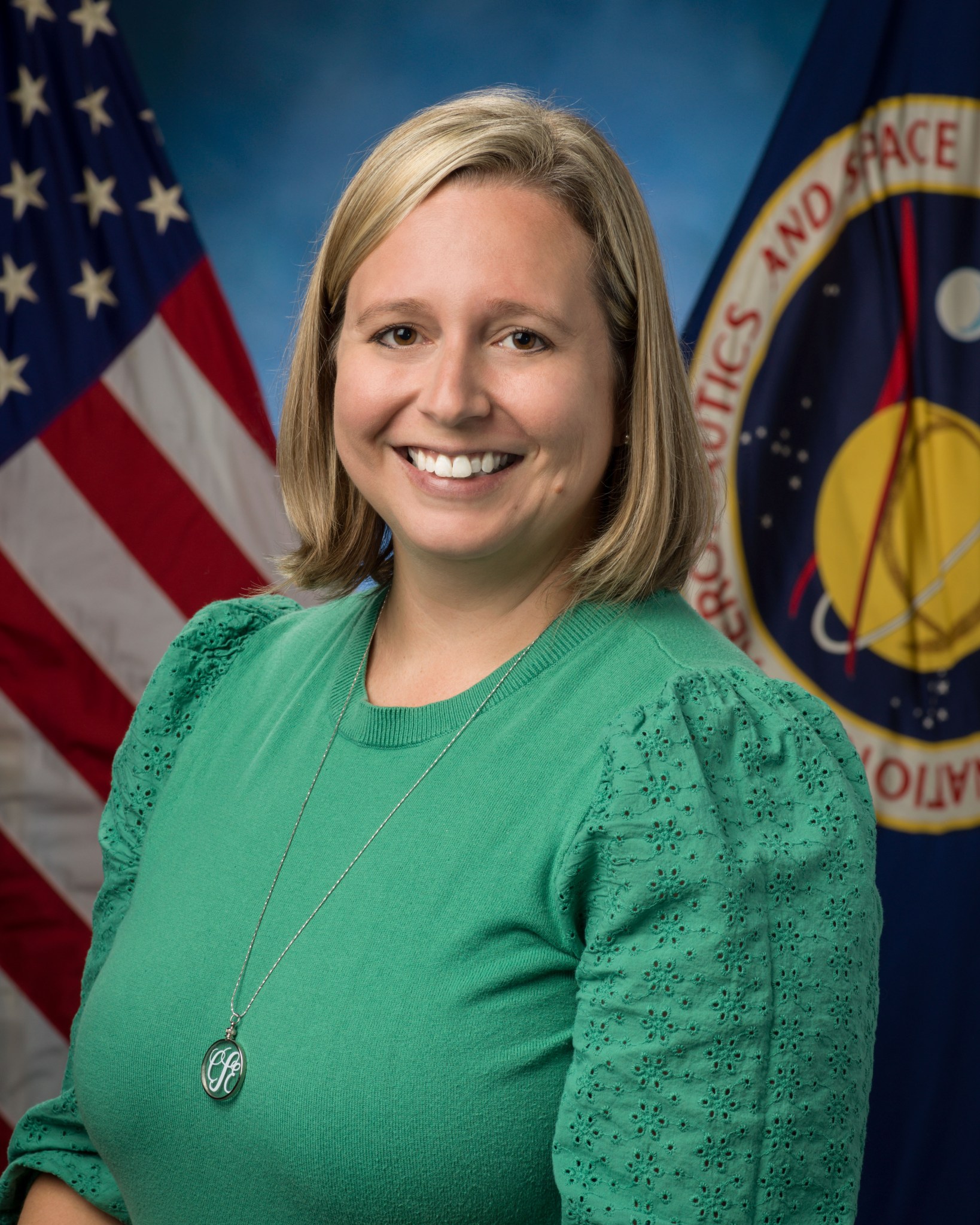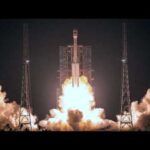Now Reading: Exciting Week of Space Launches Highlights Advances in Communication and Climate Science
-
01
Exciting Week of Space Launches Highlights Advances in Communication and Climate Science
Exciting Week of Space Launches Highlights Advances in Communication and Climate Science


Eight exciting launches are lined up for this week, showcasing a flurry of activity primarily led by SpaceX and noteworthy international missions from Russia and Europe. On the forefront, four Falcon 9 launches are scheduled, including two customer-driven missions and two from the Starlink constellation, representing a dynamic leap in satellite communication technology.
The first significant launch involves the Falcon 9 rocket lifting off from Space Launch Complex 4E at Vandenberg Space Force Base in California. This mission, slated for July 22 at 11:13 AM PDT, features the Tandem Reconnection and Cusp Electrodynamics Reconnaissance Satellites (TRACERS). This unique endeavor comprises two satellites working in tandem, aiming to deepen our understanding of magnetic reconnection—an essential process influencing our planet’s magnetic field and atmosphere. Each satellite, weighing about 400 kg, will operate in a Sun-synchronous orbit, providing crucial data to scientists on Earth. Additionally, at least three other rideshare payloads will accompany the TRACERS mission, including an advanced communications demonstration device, a technology demonstrator, and a satellite studying particle loss from the Van Allen belts.
Right on the heels of TRACERS, another Falcon 9 is set to launch two satellites for SES-owned O3b Networks on July 21 at 5:27 PM EDT from Cape Canaveral Space Force Station. This mission has faced delays, primarily attributed to weather concerns, but will ultimately carry a total payload mass of 3,400 kg into medium-Earth orbit. The anticipation surrounding this launch is palpable, as it aims to enhance global connectivity through these advanced communication satellites. The booster B1090 will execute its sixth flight on this mission, underscoring the remarkable reusability of SpaceX’s Falcon rockets.
The Falcon 9 will continue to dominate the launch scene with a further anticipated Starlink mission. Scheduled for July 24 at 5:12 AM EDT, this mission intends to deliver a new batch of Starlink v2 Mini satellites to low-Earth orbit. This constant enhancement of the Starlink network especially important as SpaceX continues to work towards providing widespread internet access across the globe.
Internationally, a Chinese Hyperbola 1 rocket is expected to launch on July 25, embarking on a pivotal journey following its previous unsuccessful attempt. The mission from Site 95A of the Jiuquan Satellite Launch Centre aims to deliver a currently undisclosed payload, raising the curiosity of aerospace enthusiasts worldwide.
On the same day, a Soyuz 2.1b rocket will be sent on a mission to deploy Ionosfera-M satellites from the Vostochny Cosmodrome in Russia. This endeavor aims to finalize the Ionosfera satellite constellation, which focuses on monitoring the Earth’s ionosphere and its susceptibility to geomagnetic and solar storms. The successful acquisition of these satellites will immensely contribute to our understanding of space weather’s impact on Earth.
Finally, on July 26, ESA’s Vega C will take to the skies, carrying five payloads that include the MicroCarb microsatellite for carbon dioxide measurement and additional satellites aimed at providing stereo imagery of Earth’s landmass. The technological advances represented by this mission are expected to play key roles in tackling climate change and better understanding our planet’s dynamics.
This week promises innovation and discovery, an incredible reminder of our species’ relentless pursuit of knowledge beyond the confines of our Earth. Anyone keen on witnessing these scientific advancements unfold can follow along as these spectacular missions are executed across the globe.
The excitement surrounding the Russian and European missions this week is palpable, with groundbreaking scientific objectives set to reshape our understanding of vital atmospheric phenomena. The Soyuz 2.1b rocket is poised to launch the Ionosfera-M satellites on July 25, at 05:54 UTC from the Vostochny Cosmodrome. This mission is particularly significant, as it will complete the four-satellite Ionosfera constellation designed to study the Earth’s ionosphere.
The Ionosfera satellites, 3 and 4, will provide crucial data on ionospheric conditions, which influence radio wave propagation and satellite signal reliability. Such research is essential for navigation technologies and can help mitigate the effects of geomagnetic storms on Earth. Each satellite is equipped with advanced sensors capable of detecting fluctuations in electron density and other critical metrics, allowing scientists to predict ionospheric disturbances with greater accuracy. By using this data, researchers will gain insight into solar-induced disruptions that can affect communication systems and electrical grids, ultimately fostering resilience against natural phenomena.
Meanwhile, across the continent, the upcoming Vega C mission on July 26 is set to bring five payloads into orbit, marking an important step for European contributions to global environmental monitoring. Launched from the Guiana Space Centre, Vega C will carry MicroCarb, a microsatellite designed to measure greenhouse gas emissions with unprecedented precision. This mission exemplifies Europe’s commitment to addressing climate change, positioning the continent as a critical player in global environmental science.
MicroCarb’s deployment will enable scientists to monitor carbon dioxide levels in the atmosphere more effectively, aiding in the development of strategies to mitigate climate change’s impact. The precision of its onboard spectrometer will significantly enhance our ability to track emissions from urban areas, agricultural sectors, and forests, tailoring climate strategies based on real-time data.
The payload also includes four additional satellites focused on Earth observation, developed by Airbus, which will provide vital stereo imagery of terrestrial landforms. Such capabilities are invaluable in monitoring land use changes, natural disasters, and urban development over time, thus offering a comprehensive toolkit for environmental stewardship.
Both the Ionosfera-M and MicroCarb missions illustrate the collaborative spirit of international space endeavors, where diverse scientific goals converge to enrich our global understanding of the planet. As these critical missions unfold, the data they generate will not only enhance scientific knowledge but will also lay the groundwork for future innovations in environmental science, telecommunications, and disaster management.
The ambitious landscape of this week’s launches paints a vibrant picture of humanity’s quest to understand our world better. The stakes are high, and the potential rewards are enormous, with implications for climate policy, technological advancements, and, ultimately, the survival of our species in an increasingly complex environment. With each satellite that successfully reaches orbit, we are one step closer to unraveling the mysteries of our universe.
Stay Informed With the Latest & Most Important News
Previous Post
Next Post
-
 01From Polymerization-Enabled Folding and Assembly to Chemical Evolution: Key Processes for Emergence of Functional Polymers in the Origin of Life
01From Polymerization-Enabled Folding and Assembly to Chemical Evolution: Key Processes for Emergence of Functional Polymers in the Origin of Life -
 02Panasonic Leica Summilux DG 15mm f/1.7 ASPH review
02Panasonic Leica Summilux DG 15mm f/1.7 ASPH review -
 03Two Black Holes Observed Circling Each Other for the First Time
03Two Black Holes Observed Circling Each Other for the First Time -
 04How New NASA, India Earth Satellite NISAR Will See Earth
04How New NASA, India Earth Satellite NISAR Will See Earth -
 05And Thus Begins A New Year For Life On Earth
05And Thus Begins A New Year For Life On Earth -
 06Astronomy Activation Ambassadors: A New Era
06Astronomy Activation Ambassadors: A New Era -
07SpaceX launch surge helps set new global launch record in 2024
















